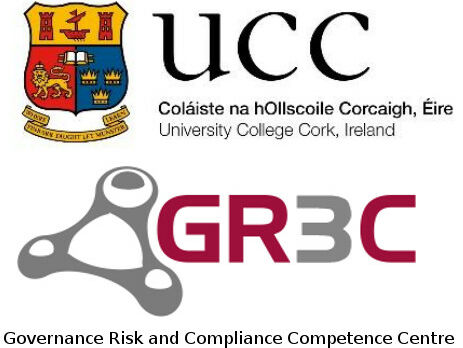Clear evidence of the risks to children from smartphone and wifi radio frequency radiation
Professor Tom Butler of the University College Cork published a very informative paper on the risks that mobile digital technologies present to children, titled “On the Clear Evidence of the Risks to Children from Smartphone and WiFi Radio Frequency Radiation (RFR).” This paper is an in-depth review of independent peer-reviewed research. The findings are thought-provoking and alarming for parents and guardians of children and adolescents.
Source: GR3C (Governance Risk and Compliance Competence Centre)
Recommendations
Parents and guardians need to act and should consider the following recommendations in order to exercise their personal duty of care:
- Educate children and adolescents about the health risks of all smart devices.
- Restrict device time to 30 minutes for all RFR-enabled devices, not just screen time.
- In respect of screen time, all LED screen devices should have a Blue Light Filter. Apps like F-Lux are ideal here. This minimises melatonin reduction in users.
- Smart phones have 2/3/4G, WiFi and Bluetooth radio units all of which are normally switched on. These should be used only when required. In addition, the small print on Health and Safety information that comes with a smartphone typically indicates that they should NOT be carried nor operated less than 2.5 cm from the body.
- Remember that the WiFi Safety standards for ALL devices is that they must be operated 20 cm or 8” from the body and for no more than 30 minutes.
- Given the risk handing a young child an active RFR device, such as a smartphone or an iPad, to hold in their car seat/pram, is for all intents and purposes the same as giving them a cigarette to smoke.
- If children or adolescents have access to smartphones and WiFi devices, the devices should not be carried or operated on or near their person.
- Earphones should be used for all calls.
- If children are using screen device for games, they should be operated in airplane mode.
- Ensure WiFi routers are not in or near or directly beneath children’s bedrooms and they should be switched off at night. No RFR device, including some types of baby monitors, should in in a child’s bedroom.
- Minimise the use in the home of all Internet of Things (IoT) devices such as Smart Meters, Virtual Assistants, Hive, Chromecast, WiFi dongles, and so on.
Abstract
Children’s health and well-being is under significant threat from everyday digital technologies, as the past 15 years have seen the proliferation of microwave Radio Frequency Radiation (RFR) devices in the home, school and society. The safety standards for such devices—smartphones, tablets etc.—were based on the proven thermal or heating effects of microwave devices in adults, not children. Scientists in the life sciences have long been aware of equally harmful non-thermal effects. However, physicists and engineers have operated on the theory that non-ionizing RFR could not directly damage human DNA and lead to cancer, as it was far less powerful than ionizing radiation (x-rays, nuclear etc.). That theory has been solidly and roundly refuted, as this paper illustrates. Cancer risks aside, research studies have demonstrated that low-intensity RFR elicits a range of pathophysiological conditions in experimental animals and humans. This is why parents, educators and governments should be alarmed and take immediate and appropriate action. In an Irish, and indeed international context, there is clear ignorance on such matters. In response, this paper aims to inform by presenting clear evidence, in a balanced manner, of the risks to children based on proven scientific theories and empirical evidence. The paper concludes by offering practical advice on how the risks to children, and indeed adults, can be minimised.
Contents
- Proof of the Potential Toxicity and Carcinogenicity of RFR
- What are the Biological Mechanisms that Produce Ill-health in Children and Adults?
- Evidence that Microwave RFR Promotes the Development of Existing Cancers
- Why are Existing Standards Unsafe?
- What do Insurance Companies and Regulators and Telecoms Operators have to say about the Risks?
Download full PDF paper
About the author
Professor Tom Butler is a social scientist at University College Cork. A former satellite and microwave communications engineer and IT professional, he is more than familiar with the traditional safety issues relating to microwave RFR. Professor Butler is a former Government of Ireland Research Fellow, Principal Investigator (PI) of the Governance Risk and Compliance Technology Centre (2013-2018). He has 220 publications and 11 inventions.



